- News
- Reviews
- Bikes
- Accessories
- Accessories - misc
- Computer mounts
- Bags
- Bar ends
- Bike bags & cases
- Bottle cages
- Bottles
- Cameras
- Car racks
- Child seats
- Computers
- Glasses
- GPS units
- Helmets
- Lights - front
- Lights - rear
- Lights - sets
- Locks
- Mirrors
- Mudguards
- Racks
- Pumps & CO2 inflators
- Puncture kits
- Reflectives
- Smart watches
- Stands and racks
- Trailers
- Clothing
- Components
- Bar tape & grips
- Bottom brackets
- Brake & gear cables
- Brake & STI levers
- Brake pads & spares
- Brakes
- Cassettes & freewheels
- Chains
- Chainsets & chainrings
- Derailleurs - front
- Derailleurs - rear
- Forks
- Gear levers & shifters
- Groupsets
- Handlebars & extensions
- Headsets
- Hubs
- Inner tubes
- Pedals
- Quick releases & skewers
- Saddles
- Seatposts
- Stems
- Wheels
- Tyres
- Health, fitness and nutrition
- Tools and workshop
- Miscellaneous
- Tubeless valves
- Buyers Guides
- Features
- Forum
- Recommends
- Podcast
review
 2024 Scott Addict RC 30 - riding 1.jpg
2024 Scott Addict RC 30 - riding 1.jpg£4,399.00
VERDICT:
Screaming out for some better wheels, but a brilliant frameset in terms of stiffness and ride quality
Stiff frame and fork
Wireless groupset gives a clean look
Well-balanced handling
Basic wheels for overall price
Tyres could do with an upgrade
Weight:
8,460g
Contact:
At road.cc every product is thoroughly tested for as long as it takes to get a proper insight into how well it works. Our reviewers are experienced cyclists that we trust to be objective. While we strive to ensure that opinions expressed are backed up by facts, reviews are by their nature an informed opinion, not a definitive verdict. We don't intentionally try to break anything (except locks) but we do try to look for weak points in any design. The overall score is not just an average of the other scores: it reflects both a product's function and value – with value determined by how a product compares with items of similar spec, quality, and price.
What the road.cc scores meanGood scores are more common than bad, because fortunately good products are more common than bad.
- Exceptional
- Excellent
- Very Good
- Good
- Quite good
- Average
- Not so good
- Poor
- Bad
- Appalling
The Scott Addict RC 30 is part of the company's lightweight road race line-up, bringing a mix of stiffness, low weight and aero accents to create a very capable and fast road machine that isn't a handful to ride at those higher speeds. With clean looks, thanks to internal routing and an electronic wireless groupset, and good finishing kit, the Addict RC is a pretty complete package; it just deserves some better wheels and tyres.
Check out our guides to the best aero road bikes and best road bikes for our top choices.
Scott Addict RC 30: Ride
The Addict RC is Scott's do-everything race bike, a slightly different machine to the Addict that I reviewed back in 2022, as that range of bikes is more focused on endurance and the ability to run mudguards.
Shorter in the wheelbase and with a shorter head tube, so therefore a lower stack height, the Addict RC feels nimbler and more responsive than its non-RC sibling, but by sharing the same head angle and fork dimensions the handling speed and characteristics mean the RC still feels easy and relaxing to ride quickly.
It feels a little less urgent than some race bikes I've ridden, not quite as buzzy and racy as it carves its way through the corners on a descent, but I think a lot of that comes down to the front end feeling very secure, giving you confidence. There's a smoothness to the handling, and as we know, smooth may feel slow, but smooth is fast!
It's the same elsewhere too. The RC has a firm ride, but it doesn't feel overly stiff in a way that it is affected by rough roads. It's not harsh either, but when you are zipping along on the flat or attacking a climb you know the Addict means business.
It feels efficient, eager to get a shift on, but also at home being ridden steadily around the lanes and not twitchy or flustered when negotiating traffic or other things at slower speeds.
Stiffness is great in all of the places where it is required. The bottom bracket junction feels very tight when you are sprinting in or out of the saddle, while the front end and fork keep the front wheel on track under heavy braking or steering loads.
A good carbon fibre frame and fork can be both stiff and comfortable, and though the Addict RC focuses more on the former than the latter it's not an uncomfortable place to be. I finished rides of three hours or so with my contact points still in fine fettle, and I'd be happy to ride much longer distances on the Scott.
The RC isn't defined as an aero bike, it leaves that to the likes of Scott's Foil range, but there are a few nods to it with the likes of dropped seatstays, truncated tube profiles and the smoothness of the cable-free design, and that's noticeable in terms of straight-line speed.
It feels efficient, and I found the geometry really worked for me. The seat angle put me into a position where I could get the power down, while the front end is low enough that I could get aero.
Some aero wheels would make a fair bit of difference, so that would definitely be something worth upgrading to later on, especially if a lot of your riding avoids massive climbs.
While we're on the subject of climbing, the RC is pretty happy on the inclines. At just under 8.5kg it's no mountain goat, but it does ride like a lighter bike. The stiffness helps, as does the wide range of gearing afforded by the SRAM groupset.
Overall, from purely a riding point of view, the Addict RC is definitely a true all-rounder. It can climb, descend and give some pace on the flat without any real compromises anywhere.
Scott Addict RC 30: Frame & fork
The non-RC Addict that I mentioned earlier uses HMF or high modulus carbon fibre, while this Addict RC's frame and fork are created from Scott's HMX grade of carbon fibre. It says that HMX is 20 per cent stiffer than HMF for the same weight.
Figures it gives are 125GPa and 2450MPa for tensile modulus and tensile strength of HMF compared with 154GPa and 2950MPa for HMX.
Scott also says that while choosing the right carbon grade for the frame and fork is paramount to delivering a balance of stiffness and comfort, the main factor behind ride quality and power transfer comes down to the lay-up, which is where its Evo-Lap technology comes into play.
Computer analysis and prototype testing allowed Scott's designers to determine where layers of material need to be used and how much, similar to butting on metal tubing where changes in wall thicknesses create different ride characteristics.
The front end of the frame, the head tube and the fork steerer are tapered, measuring 1 1/2in to 1 1/4in for increased strength under loading from the steering and braking…
…while the bottom bracket area is oversized and accepts a press-fit bottom bracket design. Placing the bearings internally means the shell width can be increased compared with one that accepts externally mounted bearing cups, which in turn means the tubes adjoining it – the seat and down tubes, plus the chainstays – can all have a larger cross sectional area to increase stiffness.
Everything else is pretty standard in terms of specs – not something we say much in the bike industry.
It's flat mount front and rear for the brake callipers and 12mm thru-axles to hold the wheels in place. You'll find a couple of water bottle cage mounting points but that's it; it is a race bike after all.
The hydraulic hoses all run internally, as would the gear cables or wires if there were any. SRAM's AXS components are completely wireless, so there aren't any with this build.
In terms of sizing and geometry, the Addict RC is available in seven sizes ranging from XXS to XXL which covers top tube lengths of 520mm to 600mm. We have the medium (54cm) here, which has a top tube length of 550mm and a head tube length of 135mm. This gives stack and reach figures of 548mm and 390mm respectively, which is fairly typical for a race bike of this size.
The head angle is a bit slacker than expected at 72.5 degrees, but as I said above – it works. The seat angle is 73.6 degrees.
The wheelbase is 992mm, with chainstays of 410mm.
Scott Addict RC 30: Groupset
Sitting at the low end of the Addict RC line-up, this 30 comes with a SRAM Rival AXS groupset at the centre of the build. It's a groupset I've used many, many times since it was launched and it's a very pleasing one to live with.
I'm a big fan of all SRAM's latest road groupsets in fact, mostly because of how they function and the ratio sizes. For starters, the majority of its chainsets run smaller rings than their Shimano counterparts. With Shimano you'd probably be speccing a 52/36T or a 50/34T option, but with SRAM's use of a 10T sprocket on the 12-speed cassette, it can use a 48/35T chainring combination without sacrificing top-end speed.
For the climbing gears you get a wide-ranging cassette, 10-30T in this case, so you still get those lower ratios for the steep bits.
I find this setup really efficient as I spend more time in the large chainring overall, which suits my narrow cadence range.
The single paddle/button shifting works to my liking, too. Out of the box the right-hand shifter button drops the chain onto smaller sprockets of the cassette, while the left-hand one brings it back up. Press both buttons together and the front mech will shift the chain to whichever chainring isn't being used.
You can tweak all of the settings from SRAM's app should you wish to, plus you can keep any eye on battery life for each component.
In use, the shifting is quick and precise, and once it is set up you shouldn't need to touch it again. Battery life is really good, and even when you do need to charge them it takes no time at all.
From a braking point of view there is much to like here too. The 160mm rotors front and back give loads of material to grab hold of, and the hydraulic callipers offer loads of power with decent modulation.
For the full lowdown on the groupset you can read Mat's in-depth review.
Scott Addict RC 30: Finishing kit
Away from the gearing you'll find plenty of Syncros components as that is Scott's in-house brand. Up front you'll find a Creston 2.0 Compact handlebar and a Syncros RR 1.5 stem, both of which are made from aluminium alloy.
The handlebar has a rounded section in the middle, with plenty of space for computer or light mounts before it tapers into an aero shape for the tops. It's a comfortable bar, and with accessible drops you don't need to be too flexible to use them.
The stem is designed to take those hydraulic hoses and divert them into the head tube for a completely clean look, which it does well without sacrificing performance in terms of stiffness.
The Duncan (no that isn't a spelling mistake – the seatpost is actually called Duncan!) 1.0 seatpost is a D-shaped design and uses Scott's own clamping system to minimise pressure on the post and keep the weight down. Other than that, there isn't a huge amount to say about it; it's a carbon fibre post and it holds your seat.
The saddle is a Syncros Belcarra Regular 2.0 and I found it comfortable and a decent shape. I'm not massively picky when it comes to saddle shapes but I do like minimal padding, and a short-nosed design if I have a choice. Both of those apply here.
Scott Addict RC 30: Wheels & tyres
The wheels are Syncros too, a set of RP2.0 Discs. They use alloy rims with 28 spokes front and rear.
The rims aren't that deep, so you aren't getting any real aero advantages, and to be honest I'd expect to see something a little lighter or deeper on a bike costing over four grand.
They are reliable and durable, though, and I had no concerns regarding lateral stiffness. If you want to go down the tubeless route then that is an option with an upgrade to tubeless valves.
In standard guise the Addict comes with inner tubes, and the 28mm Schwalbe One Race-Guard tyres aren't tubeless ready.
I tend not to bother with tubeless on the road, so I'd be happy sticking with these tyres for general riding as they roll well, have a decent road feel and good grip while also being durable. If speed is your main goal, I'd upgrade to something lighter and more supple, though.
Scott Addict RC 30: Value
Priced at £4,399 the Addict RC 30 is, on paper at least, pushing towards the upper limit for a bike with this level of finishing kit. The main thing going against it is the lack of some lightweight carbon wheels. The reality, though, according to Scott, is that the HMX grade carbon used for building the frameset is three times more expensive than the HMF used on bikes like the Addict endurance range.
The Orro Gold STC which I reviewed recently is available with a SRAM Rival AXS build with alloy Vision Team 30 wheels for £3,299.99, or as a Shimano 105 Di2 (comparable to Rival level) Tailormade build – which means it gets Vision SC40 carbon wheels and a carbon handlebar – for £3,999.99. The Gold uses spread tow carbon (STC) fibre manufactured by Sigmatex in the UK and the frames are all created using their own moulds, so these are some high-quality framesets too.
I'm currently riding a Van Rysel RCR for an upcoming review and I'm very impressed with it. I have the SRAM Rival AXS build which costs £4,500 and includes a Quarq power meter, Deda Superzero RS carbon handlebar and a set of Zipp 303 S deep-section wheels.
Mat, our tech ed, is currently reviewing Giant's TCR Advanced Pro 1 AXS which is a similar kind of bike to the Scott. With a Rival groupset it costs £4,999, so a bit more in line with the price of the Addict RC when you exclude the power meter and deep-section carbon wheels.
Specialized's take on the semi-aero, lightweight race bike is the Tarmac SL8, which Jamie was very impressed with recently, though that was the top-end S-Works model. But the SL8 Expert with Rival AXS and Specialized's own Roval C38 carbon wheels is £6,000! It does have a claimed weight of 7.7kg, though, which is quite a chunk lighter than the Addict RC.
Scott Addict RC 30: Conclusion
The Addict RC is a great bike to ride. It's fast, fun and capable without ever being a handful – impressive when you consider its racing pedigree. The wheels feel a little low spec for this kind of money, especially against the competition from some of the smaller brands, but find a good bargain on the RC 30 and you are onto a winner with a bike that's prime for some upgrades over time.
Verdict
Screaming out for some better wheels, but a brilliant frameset in terms of stiffness and ride quality
road.cc test report
Make and model: Scott Addict RC 30
Size tested: Medium, 550mm
About the bike
List the components used to build up the bike.
From Scott:
REAR DERAILLEUR: SRAM RIVAL eTap AXS 24 Speed Electronic Shift System
FRONT DERAILLEUR: SRAM RIVAL eTap AXS Electronic Shift System
SHIFTERS: SRAM RIVAL eTap AXS HRD Shift-Brake System
CRANKSET: SRAM RIVAL Crankset 48/35 T
BB-SET: SRAM DUB PF ROAD 86.5
CHAIN: SRAM RIVAL
CASSETTE: SRAM RIVAL XG1250 10-30
BRAKES: SRAM RIVAL eTap AXS HRD Shift-Brake System
ROTOR: SRAM Paceline rotor 160/F and 160/R
HANDLEBAR: Syncros Creston 2.0 Compact Alloy
H'STEM: Syncros RR 1.5 1 1/4"
SEATPOST: Syncros Duncan 1.0 D-Shape
SEAT: Syncros Belcarra Regular 2.0
HEADSET: Syncros Addict RC Integrated
WHEELSET: Syncros RP2.0 Disc, Syncros Axle / Removable Lever with Tool
TYRES: Schwalbe ONE Race-Guard Fold 700x28C
Tell us what the bike is for and who it's aimed at. What do the manufacturers say about it? How does that compare to your own feelings about the bike?
Scott says, "Light, fast, and ready to turn heads. The Addict RC 30 provides you with all of the competitive advantage you've ever dreamed of. Fully integrated cables and race-ready spec combine to give you the tool to sprint to a mountain top finish or win your local criterium."
It's a quick all-round race bike with a high-quality frameset at its heart.
Where does this model sit in the range? Tell us briefly about the cheaper options and the more expensive options
There are seven models in the Addict RC line-up, and the RC 30 is the cheapest. The RC 40 is next, with Shimano 105 Di2, costing £4,449, then the RC 20 is £4,899, the RC 15 £6,199, the RC 10 £6,399, the RC Pro £8,899 and the RC Ultimate tops the range at £13,799.
Frame and fork
Overall rating for frame and fork
9/10
Tell us about the build quality and finish of the frame and fork?
A high-quiality frame and fork.
Tell us about the materials used in the frame and fork?
Both the frame and fork use Scott's HMX grade of carbon fibre.
Tell us about the geometry of the frame and fork?
The Addict RC is a race bike and the geometry reflects that.
How was the bike in terms of height and reach? How did it compare to other bikes of the same stated size?
There are no surprises when it comes to the stack and reach figures, they are fairly typical of what I'd expect to see on a race bike.
Riding the bike
Was the bike comfortable to ride? Tell us how you felt about the ride quality.
Overall, the comfort is good for such a stiff bike.
Did the bike feel stiff in the right places? Did any part of the bike feel too stiff or too flexible?
The RC feels very stiff throughout, especially so around the bottom bracket junction and at the front end.
How did the bike transfer power? Did it feel efficient?
Power transfer is very good which does make the RC feel efficient.
Was there any toe-clip overlap with the front wheel? If so was it a problem?
No.
How would you describe the steering? Was it lively neutral or unresponsive? Neutral.
Tell us some more about the handling. How did the bike feel overall? Did it do particular things well or badly?
For a race bike the handling is more relaxed than I was expecting, but it does work very well, allowing the RC to be ridden fast and smoothly.
Which components had the most effect (good or bad) on the bike's comfort? would you recommend any changes?
I got on well with the shape of the saddle.
Which components had the most effect (good or bad) on the bike's stiffness? would you recommend any changes?
The handlebar worked well in terms of stiffness as did the stem. Riding out of the saddle saw no flex at all.
Which components had the most effect (good or bad) on the bike's efficiency? would you recommend any changes?
I like the efficient nature of the SRAM gear ratios, although the bike is screaming out for some lighter, more aero wheels.
Rate the bike for efficiency of power transfer:
9/10
Rate the bike for acceleration:
8/10
Rate the bike for sprinting:
8/10
Rate the bike for high speed stability:
8/10
Rate the bike for cruising speed stability:
8/10
Rate the bike for low speed stability:
8/10
Rate the bike for flat cornering:
8/10
Rate the bike for cornering on descents:
8/10
Rate the bike for climbing:
8/10
The drivetrain
Rate the drivetrain for performance:
9/10
Rate the drivetrain for durability:
8/10
Rate the drivetrain for weight:
8/10
Tell us some more about the drivetrain. Anything you particularly did or didn't like? Any components which didn't work well together?
I'm a big fan of SRAM's AXS groupsets, and even though Rival is the cheapest 2x option it still performs very well indeed.
Wheels and tyres
Rate the wheels for performance:
7/10
Rate the wheels for durability:
8/10
Rate the wheels for weight:
7/10
Rate the wheels for comfort:
7/10
Tell us some more about the wheels.Did they work well in the conditions you encountered? Would you change the wheels? If so what for?
Solid, reliable wheels but a little out of their depth here considering the overall price of the bike.
Rate the tyres for performance:
7/10
Rate the tyres for durability:
7/10
Rate the tyres for weight:
7/10
Rate the tyres for comfort:
8/10
Tell us some more about the tyres. Did they work well in the conditions you encountered? Would you change the tyres? If so what for?
Good all-rounder tyres, although for fast road stuff something lighter and grippier would suit the RC.
Controls
Rate the controls for performance:
8/10
Rate the controls for durability:
8/10
Rate the controls for weight:
7/10
Rate the controls for comfort:
8/10
Tell us some more about the controls. Any particularly good or bad components? How would the controls work for larger or smaller riders?
It's a decent level of kit, and I found the shape of everything worked well and suited my contact points.
Your summary
Did you enjoy riding the bike? Yes
Would you consider buying the bike? Yes
Would you recommend the bike to a friend? Yes
How does the price compare to that of similar bikes in the market, including ones recently tested on road.cc?
The higher grade HMX carbon pushes the price up here compared with what you might expect on paper, but saying that, Orro, for example, delivers its impressive STC framed Gold for a lot less money in a similar build, as does Van Rysel, mentioned in the review. The Addict RC stands up better against the likes of Giant and Specialized, though.
Rate the bike overall for performance:
8/10
Rate the bike overall for value:
5/10
Use this box to explain your overall score
Scott has invested money in the frame and fork so you can see why this RC 30 option has some lower spec components to keep the price down, which does take its toll on competitiveness. That aside, you are getting a highly upgradable frame with a great ride quality and loads of stiffness for performance. Taking everything into account, this is a very good bike overall.
About the tester
Age: 44
I usually ride: This month's test bike My best bike is: B'Twin Ultra CF draped in the latest bling test components
I've been riding for: Over 20 years I ride: Every day I would class myself as: Expert
I regularly do the following types of riding: time trialling, commuting, club rides, sportives, fixed/singlespeed,
Since writing his first bike review for road.cc back in early 2009 senior product reviewer Stu has tested more than a thousand pieces of kit, and hundreds of bikes.
With an HND in mechanical engineering and previous roles as a CNC programmer/machinist, draughtsman and development engineer (working in new product design) Stu understands what it takes to bring a product to market. A mix of that knowledge combined with his love of road and gravel cycling puts him in the ideal position to put the latest kit through its paces.
He first made the switch to road cycling in 1999, primarily for fitness, but it didn’t take long for his competitive side to take over which led to around ten years as a time triallist and some pretty decent results. These days though riding is more about escapism, keeping the weight off and just enjoying the fact that he gets to ride the latest technology as part of his day job.
Latest Comments
- ktache 13 min 57 sec ago
The size of milk collection tankers...
- badgermat 1 hour 54 min ago
The NZ Herald has never let accuracy get in gthe way of ragebait.
- Rendel Harris 3 hours 9 min ago
You did. But you also said "don't do things just because 'real cyclists' do them" which implies, well it doesn't so much as imply as much as state,...
- Cycle Happy 3 hours 31 min ago
I have the same light with the small Bluetooth remote to quickly switch modes. Overall, it's fantastic. My main gripe with it is when it reaches...
- Secret_squirrel 3 hours 32 min ago
Because the price points are so wide between 105 and DA.
- HalfDanHalfBiscuit 3 hours 45 min ago
"blend in by day, stand out at night" I don't really want to blend in by day.
- No Reply 4 hours 21 min ago
That's irrelevant. Why should the customer be forced to pay for all the sports that they dont watch? Why have to pay for football when I don't want...
- chrisonabike 5 hours 27 min ago
A tragedy - sounds like one of those robotaxis though, are they allowed here? https://www.bbc.co.uk/news/articles/ce3le1z892vo
- Rich_M 5 hours 29 min ago
Great, thanks for your reply - much appreciated!
- ktache 8 hours 16 min ago
We have a new BKRY here in Cvrshm.

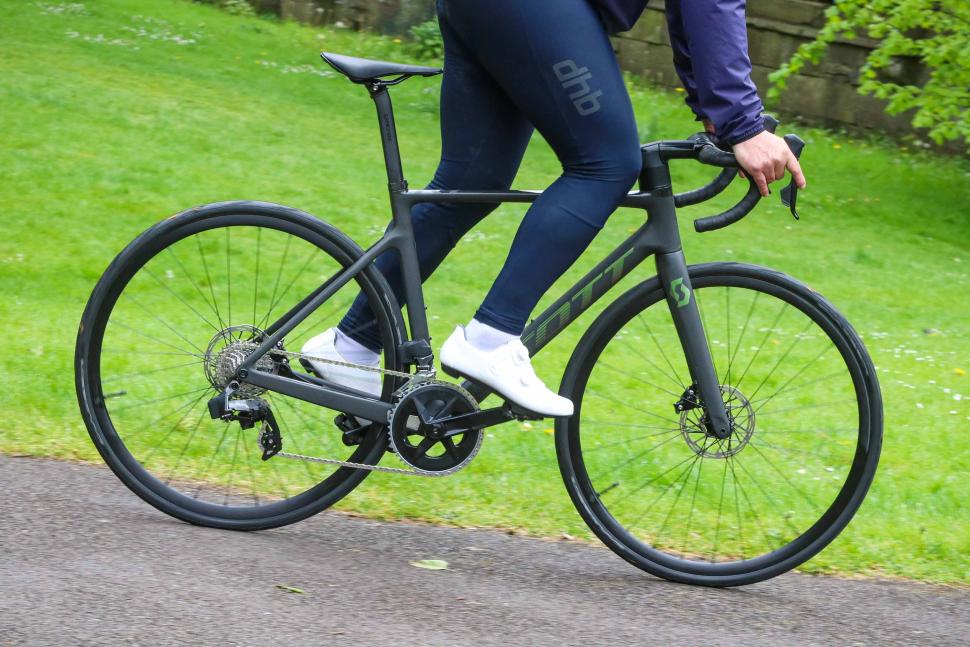


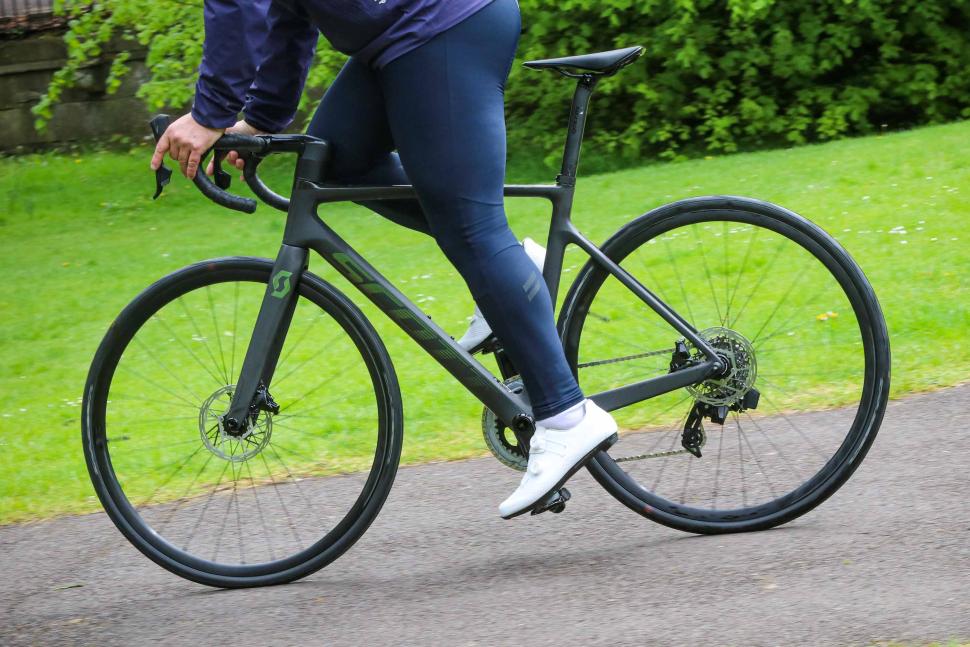




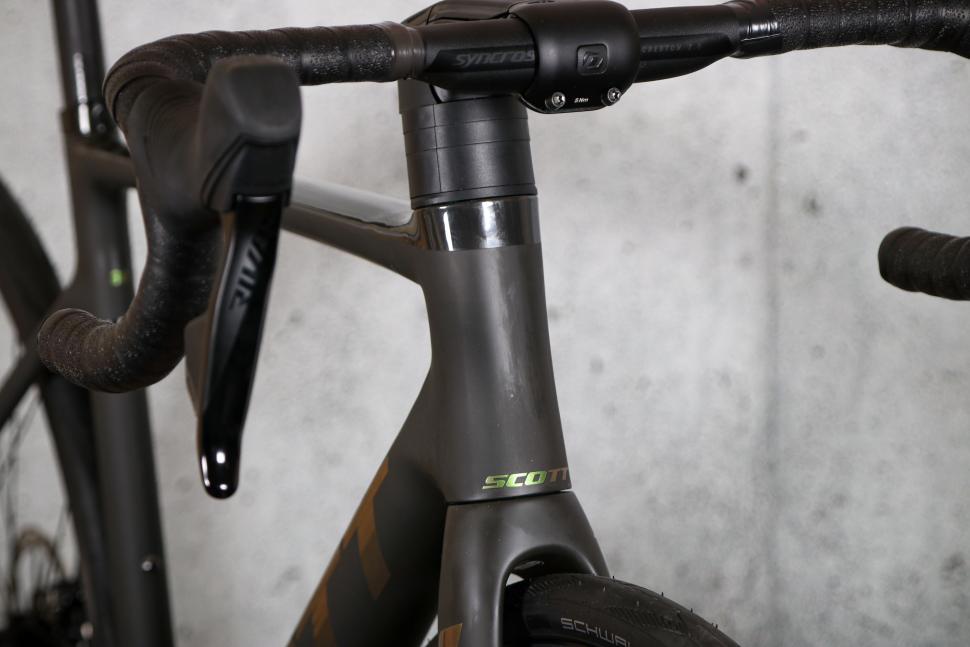




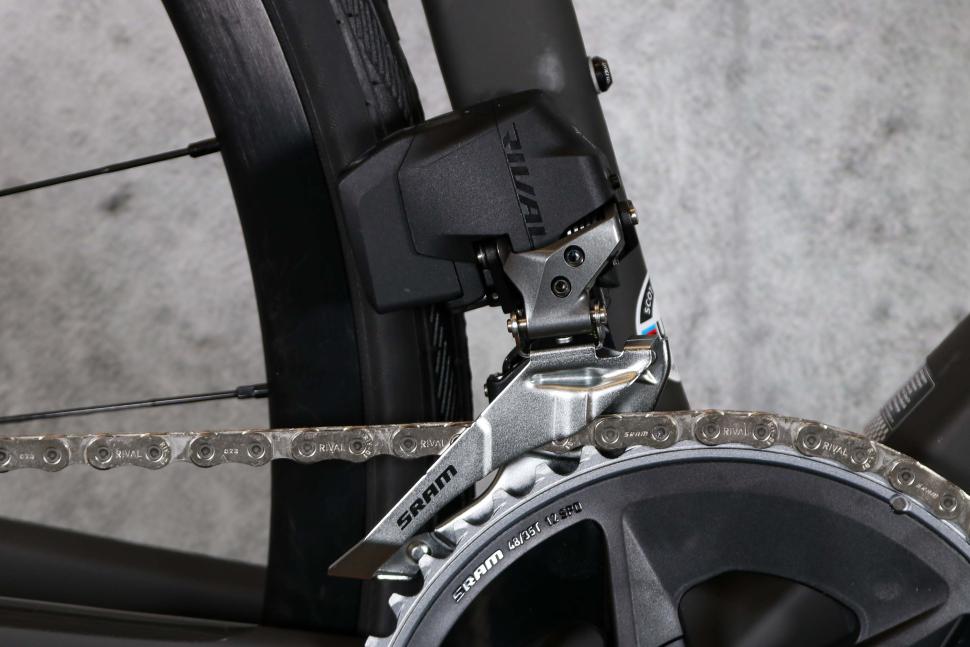

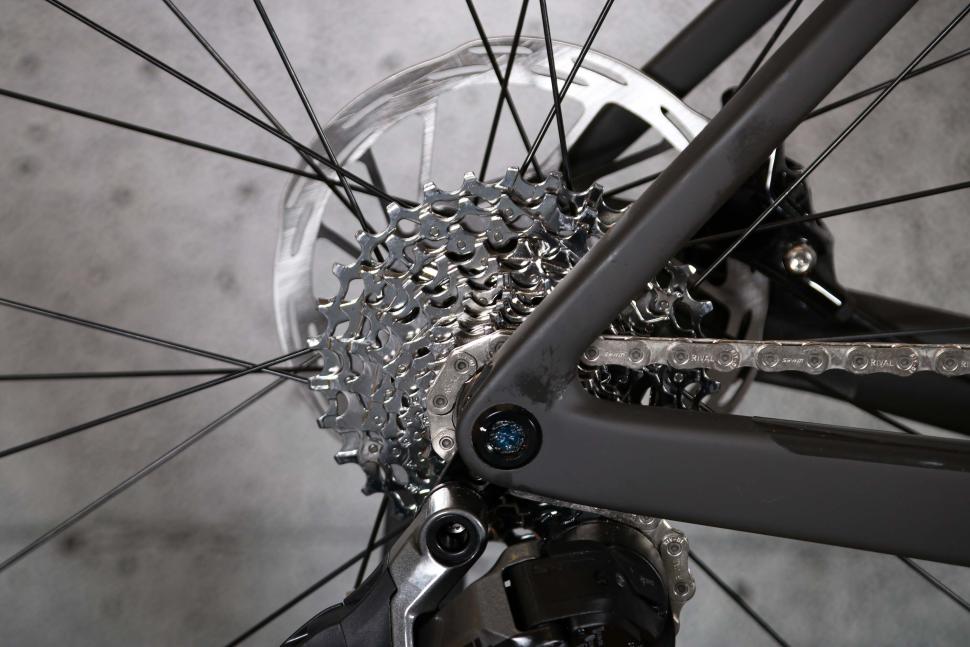




















































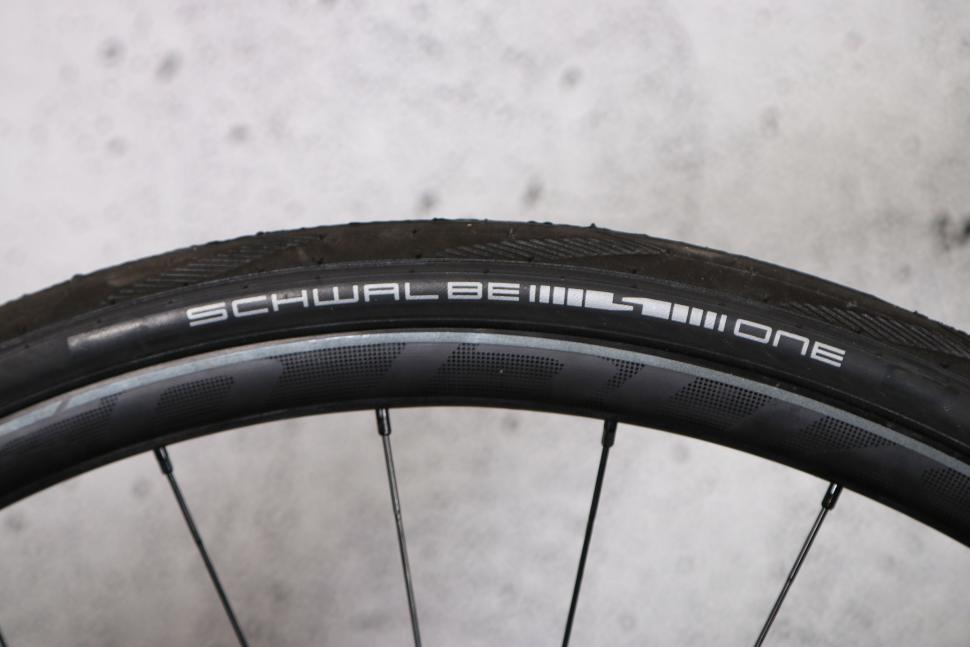

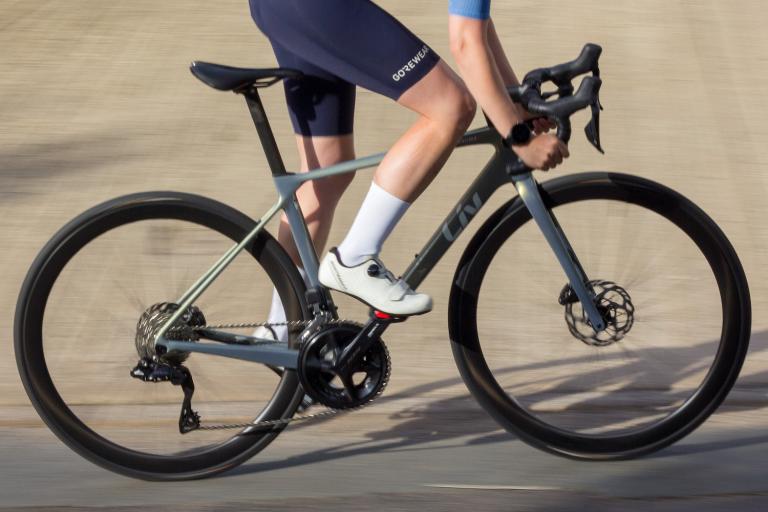
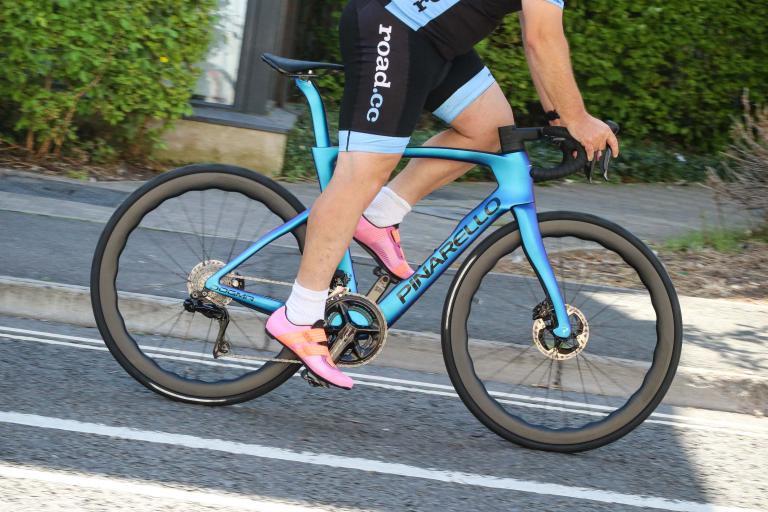
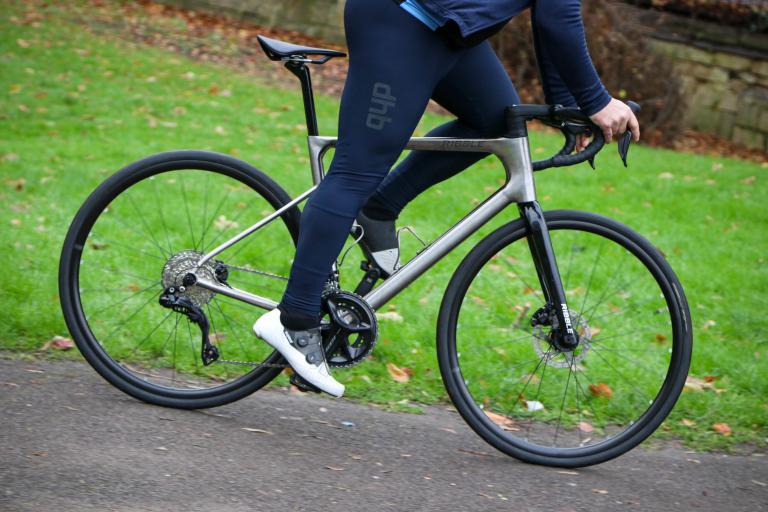
Add new comment
2 comments
Boring even down to the paint job. Boring, boring, boring.
This appears to be a reprint of a review I read some months ago. Wot, no fresh content?